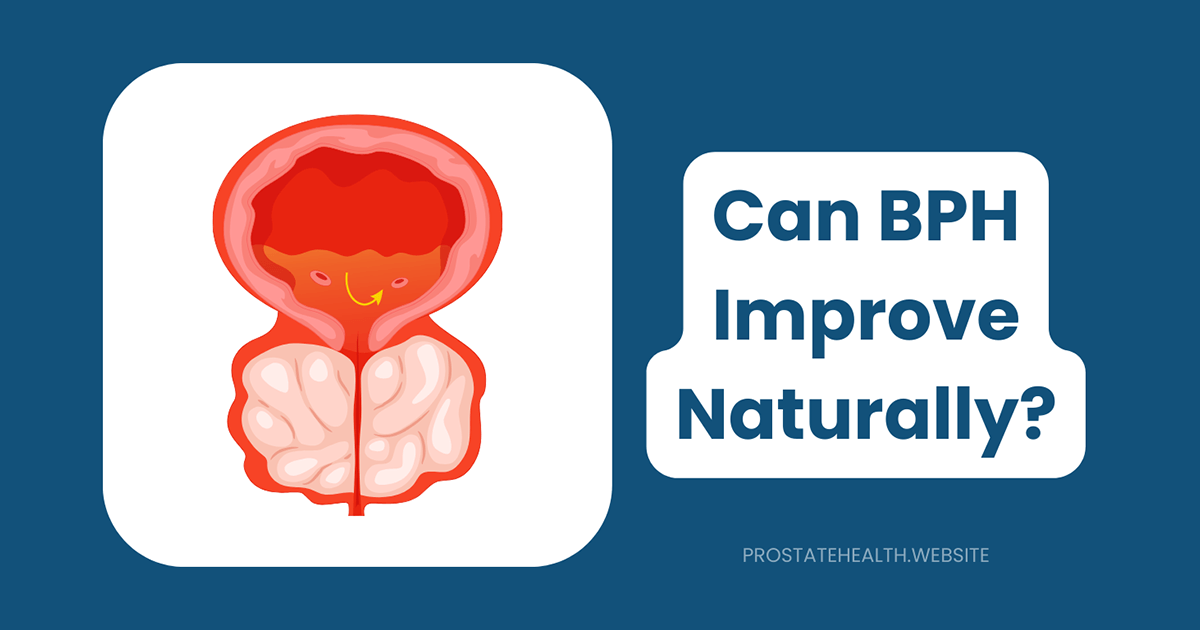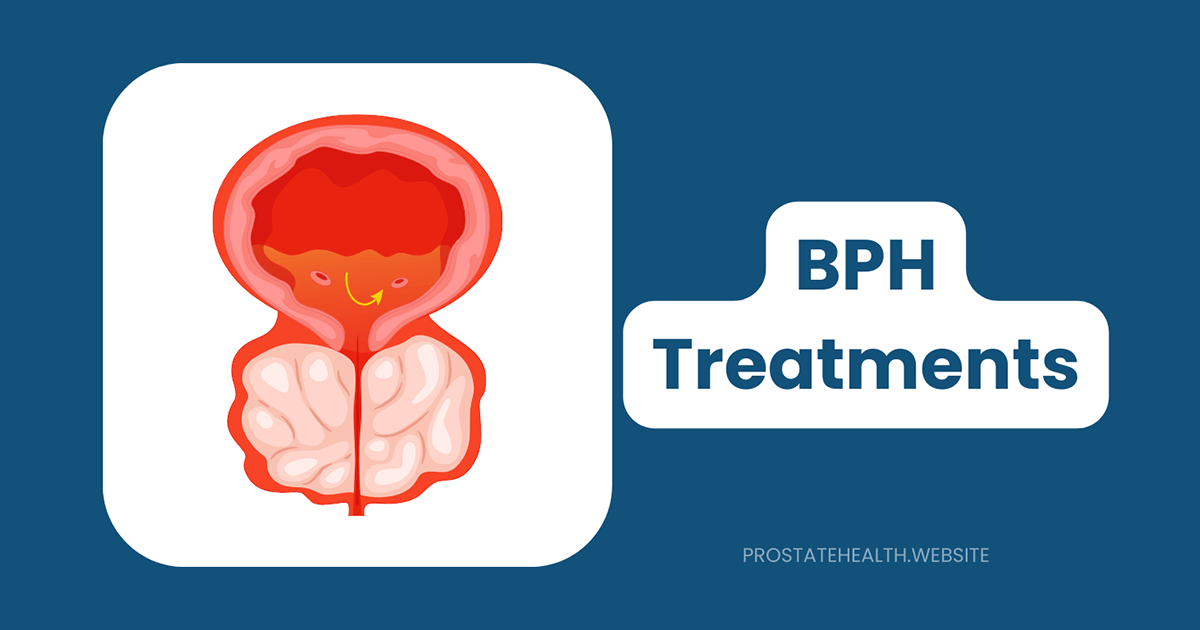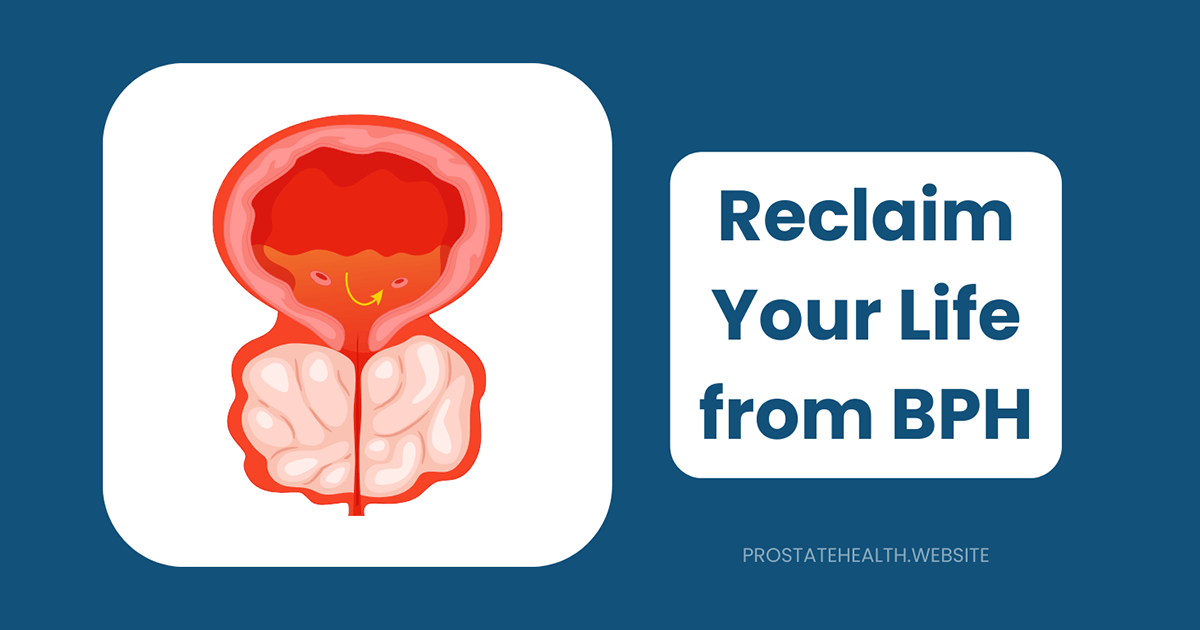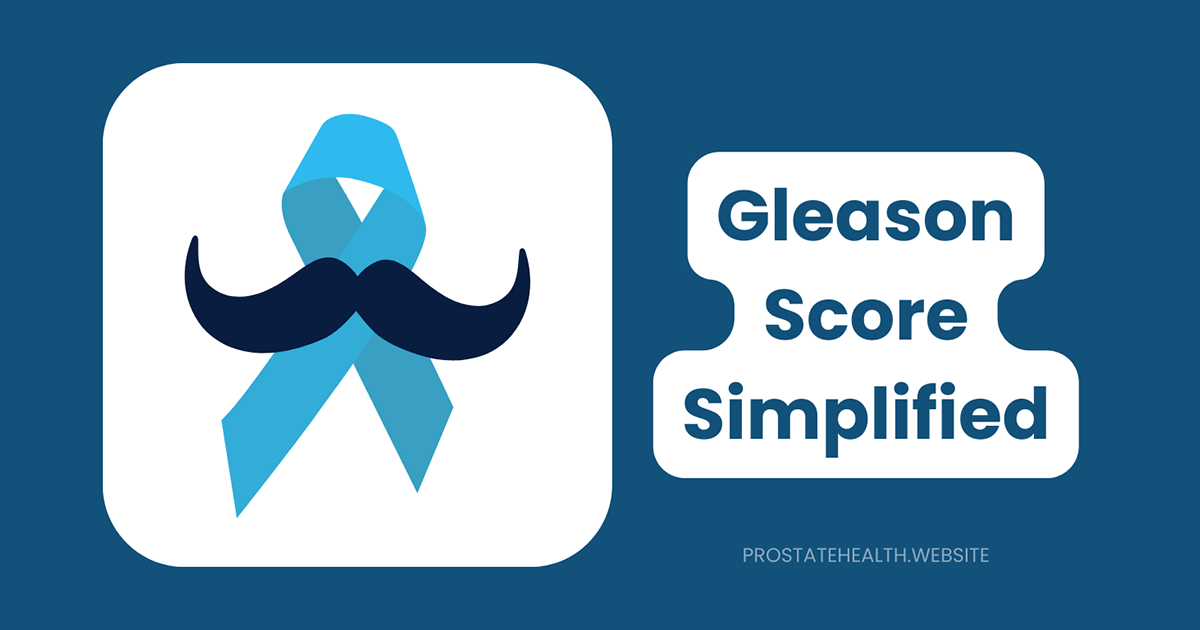Asymptomatic Prostatitis: Should You Be Concerned?
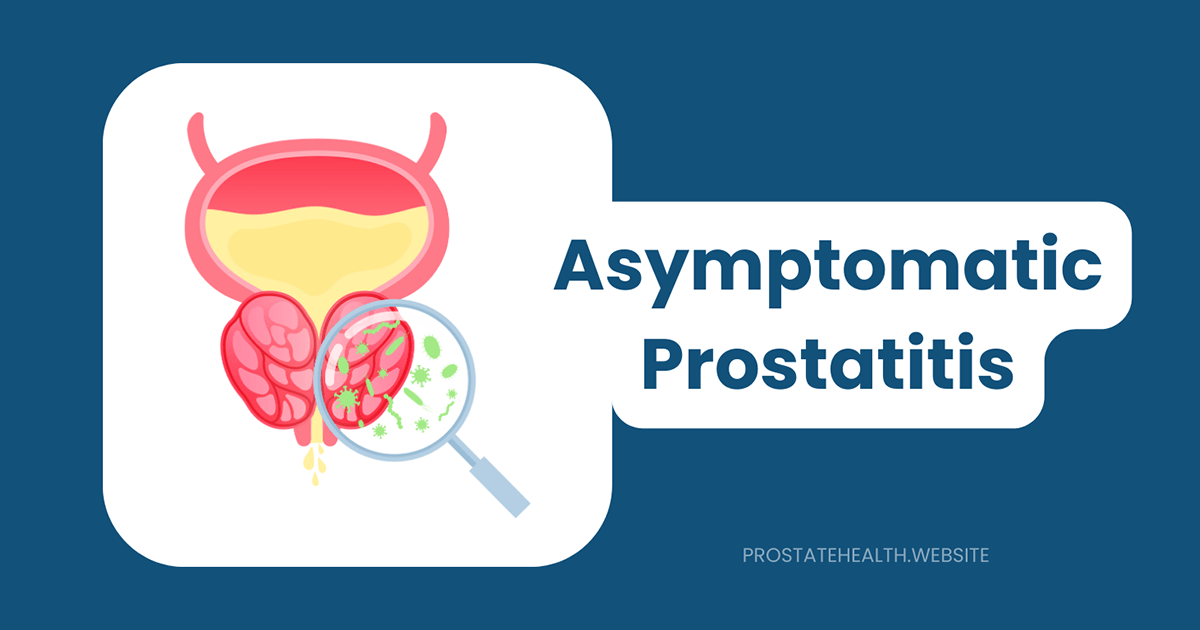
“You have asymptomatic inflammatory prostatitis.”
If you’ve heard these words from your doctor recently, you might be wondering what exactly they mean—and more importantly, whether you should be concerned. The term sounds serious, combining “prostatitis” (inflammation of the prostate) with “asymptomatic” (without symptoms). It’s a diagnosis that often raises more questions than answers.
As someone who’s spent years advocating for men’s prostate health, I’ve guided many through this confusing diagnosis. Today, I’m breaking down what asymptomatic prostatitis really means, when you should be concerned, and what steps you might need to take.
What Is Asymptomatic Inflammatory Prostatitis?
Asymptomatic inflammatory prostatitis (AIP) is exactly what its name suggests: inflammation of the prostate gland that doesn’t cause any noticeable symptoms. It’s classified as Category IV prostatitis in the National Institutes of Health (NIH) classification system.
Unlike other forms of prostatitis that cause pain, urinary problems, or sexual dysfunction, AIP flies completely under the radar of your awareness. In fact, you would never know you have it unless it was discovered during testing for something else.
Dr. James Wilson, urologist at University Medical Center, explains: “Asymptomatic inflammatory prostatitis is one of the most common incidental findings in urology. Men with this condition feel completely normal and are often surprised when we tell them there’s inflammation in their prostate.”
How Common Is It?
Asymptomatic inflammatory prostatitis is remarkably common. Studies suggest that:
- Up to 40-50% of men who undergo prostate biopsies for elevated PSA levels show evidence of AIP
- Approximately 70% of men will have evidence of AIP on histological examinations at autopsy
- The prevalence increases with age, though it can occur in younger men as well
Despite these high numbers, AIP often goes undiagnosed simply because there’s no reason to look for it in the absence of symptoms.
How Is Asymptomatic Prostatitis Discovered?
Since AIP doesn’t cause symptoms, it’s always found incidentally during tests performed for other reasons:
1. Elevated PSA Test
Prostate-specific antigen (PSA) is a protein produced by the prostate gland. Elevated levels can trigger further investigation for prostate cancer, and during this process, AIP might be discovered.
“Inflammation of any kind in the prostate can elevate PSA levels,” notes Dr. Sarah Chen, specialist in men’s urological health. “When we find elevated PSA but no cancer on biopsy, asymptomatic prostatitis is often the culprit.”
2. Prostate Biopsy
When a man undergoes a prostate biopsy (usually due to elevated PSA or abnormal digital rectal exam), the pathologist examining the tissue samples may find evidence of inflammation without cancer.
3. Fertility Investigations
During semen analysis for fertility concerns, laboratory technicians might detect increased white blood cells or other inflammatory markers that suggest prostatitis.
4. Incidental Finding During Surgery
Some men are diagnosed with AIP after having their prostate removed (prostatectomy) for other conditions like benign prostatic hyperplasia (BPH) or prostate cancer.
Should You Be Concerned About Asymptomatic Prostatitis?
The short answer: Usually not, but it depends on your specific situation.
Let’s break down the potential concerns and what the research tells us:
PSA Levels and Cancer Screening
One of the most significant implications of AIP is its effect on PSA testing. Inflammation can raise PSA levels, potentially leading to:
- Unnecessary concern about prostate cancer
- Additional testing that might not otherwise be needed
- Confusion about whether elevated PSA is due to inflammation or cancer
Research published in the European Urology Journal found that men with AIP had mean PSA levels of 11.94 ng/ml, which wasn’t significantly different from men with prostate cancer. This overlap can complicate diagnosis.
If you have elevated PSA and are diagnosed with AIP, your doctor will likely recommend:
- Repeating the PSA test after a few months
- Considering the ratio of free PSA to total PSA (which may help distinguish between inflammation and cancer)
- Potentially using additional biomarkers or imaging studies
Fertility Implications
For younger men concerned about fertility, AIP may have some relevance:
- Inflammation can potentially affect sperm quality and quantity
- Inflammatory markers in semen may impact sperm function
- Some research suggests a possible link between chronic inflammation and reduced fertility
However, it’s important to note that many men with AIP father children without any issues, and the direct impact on fertility varies significantly between individuals.
Long-term Prostate Health
Some researchers have proposed a link between chronic inflammation and long-term prostate health issues:
- Chronic inflammation has been hypothesized as a potential contributor to prostate cancer development, though evidence remains inconclusive
- Long-standing inflammation might contribute to benign prostatic hyperplasia (BPH) in some men
- Inflammation that persists for years might eventually cause symptoms in some cases
Mark, 58, shares his experience: “My doctor found asymptomatic prostatitis during a routine physical when my PSA was slightly elevated. We monitored it for several years with no treatment, and my PSA eventually returned to normal. Ten years later, I’ve had no prostate problems whatsoever.”
When Treatment Might Be Considered
In most cases, asymptomatic inflammatory prostatitis requires no treatment. The key word is “asymptomatic”—if you’re not experiencing symptoms, treatment usually isn’t necessary.
However, there are a few scenarios where your doctor might recommend intervention:
1. Persistently Elevated PSA
If your PSA remains significantly elevated due to AIP, your doctor might recommend a short course of anti-inflammatory medications or antibiotics to reduce inflammation and clarify your true PSA baseline.
Dr. Wilson explains: “Sometimes we’ll treat asymptomatic prostatitis with anti-inflammatories or antibiotics for 4-6 weeks, then recheck the PSA. If it drops significantly, that gives us more confidence that the elevation was due to inflammation rather than cancer.”
2. Fertility Concerns
For men actively trying to conceive who have AIP detected during fertility testing, treatment might be considered if other parameters suggest the inflammation could be impacting fertility.
3. Development of Symptoms
If you begin experiencing symptoms like pelvic pain, urinary issues, or sexual dysfunction, what was once asymptomatic prostatitis may have evolved into symptomatic prostatitis, warranting treatment.
Monitoring Recommendations
If you’ve been diagnosed with asymptomatic inflammatory prostatitis, here are general monitoring recommendations:
For Men Under 50:
- No special monitoring is typically needed unless you develop symptoms
- Continue routine health check-ups
- Discuss any new urinary or pelvic symptoms with your doctor
For Men Over 50:
- Follow age-appropriate PSA screening guidelines as recommended by your doctor
- Consider the impact of known AIP when interpreting future PSA results
- Maintain regular check-ups with your primary care physician or urologist
For Men with Initially Elevated PSA:
- Repeat PSA testing in 3-6 months to establish a trend
- Discuss with your doctor whether additional testing is warranted
- Consider the free-to-total PSA ratio, which may help distinguish between prostatitis and cancer
Lifestyle Considerations
While no specific lifestyle changes are required for asymptomatic prostatitis, general prostate-healthy habits may be beneficial:
Anti-inflammatory Diet
Some evidence suggests that anti-inflammatory foods may support overall prostate health:
- Fatty fish rich in omega-3s (salmon, mackerel)
- Colorful fruits and vegetables
- Nuts and seeds
- Green tea
- Limiting processed foods and refined sugars
Staying Hydrated
Proper hydration supports overall urinary tract health:
- Aim for 6-8 glasses of water daily
- Limit alcohol and caffeine, which can irritate the urinary tract
Regular Exercise
Physical activity may help reduce inflammation throughout the body:
- Aim for at least 150 minutes of moderate exercise weekly
- Include both aerobic exercise and strength training
Robert, 62, notes: “After my asymptomatic prostatitis diagnosis, I made some diet changes just to be proactive—more fish, less red meat, more vegetables. My PSA has been stable for years now, and I feel great.”
Questions to Ask Your Doctor
If you’ve been diagnosed with asymptomatic inflammatory prostatitis, consider asking your doctor these questions:
- How might this affect my PSA testing in the future?
- Should we repeat my PSA test, and if so, when?
- Are there any symptoms I should watch for that would indicate a change in my condition?
- Could this have any impact on my fertility (if applicable)?
- Do you recommend any lifestyle modifications?
- How often should we monitor this condition?
The Bottom Line: Keeping Perspective
Asymptomatic inflammatory prostatitis is extremely common and generally not a cause for concern. The key points to remember:
- By definition, it causes no symptoms and doesn’t affect your quality of life
- It’s often an incidental finding during testing for other conditions
- It can elevate PSA levels, which may complicate prostate cancer screening
- In most cases, no treatment is necessary
- Monitoring recommendations depend on your age and specific circumstances
Dr. Chen emphasizes: “The word ‘prostatitis’ can cause unnecessary anxiety. I remind my patients that asymptomatic inflammatory prostatitis is rarely a serious health concern. It’s something we note and monitor, but not something that should cause worry or significantly impact your life.”
Conclusion: Informed but Not Alarmed
Knowledge about your prostate health is valuable, but it’s equally important to maintain perspective. Asymptomatic inflammatory prostatitis is a common condition that most men never even know they have. If you’ve been diagnosed with AIP, work with your healthcare provider to determine the appropriate monitoring approach for your specific situation.
Remember that the “asymptomatic” part of the diagnosis is significant—if you’re feeling well and not experiencing symptoms, that’s the most important indicator of your current health status.
Have you been diagnosed with asymptomatic prostatitis? Share your experience in the comments below—your insight might help another man navigating this diagnosis.

